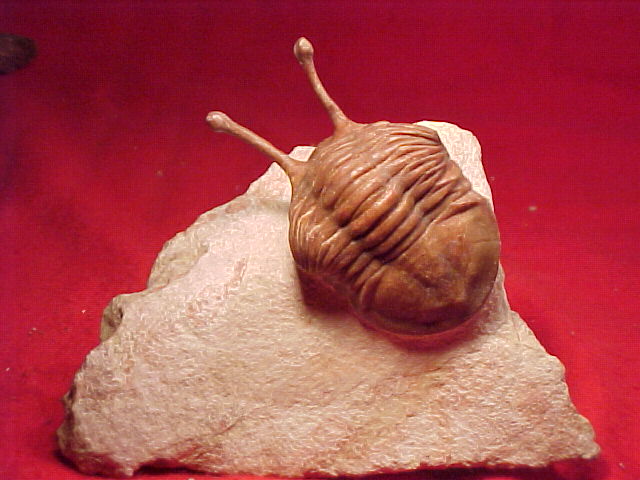The Fossils Show Creation
Luke 19:40
“And he answered and said unto them, I tell you that, if these should hold their peace, the stones would immediately cry out.”
Evolution says that life began with the simplest forms. It took over a billion years just to evolve algae and another billion years for living things to have more than one cell. It took half a billion years of slow development to generate today’s creatures. And evolution says that this story comes from the fossil record.
 What most people do not know is that there is no such story in the fossil record. And when not writing textbooks or appearing on television, evolutionary scientists will admit that their story of life cannot be found in the fossil record. According to the fossil record, every major family alive today appears suddenly and fully formed in the Cambrian rocks, which contain the first clear evidences of developed life.
What most people do not know is that there is no such story in the fossil record. And when not writing textbooks or appearing on television, evolutionary scientists will admit that their story of life cannot be found in the fossil record. According to the fossil record, every major family alive today appears suddenly and fully formed in the Cambrian rocks, which contain the first clear evidences of developed life.
Charles Darwin was aware of this. Believing his own theory to be true, he called this problem a real mystery and wrote that it is probably a valid argument against evolution. Darwin wrote that he expected the problem to be solved as more fossils were discovered. But today, well over a century later, the problem remains and was written about in recent history in the Scientific American.
So, Christians should not feel intimidated by the claims of scientists. We Christians have our faith by which we interpret what we see in the world. But the evolutionary story of life and the fossils is nothing more than the interpretation of the world according to evolutionary faith. We agree that far greater faith is required to believe in the revelation of Charles Darwin than to believe the revelation of God.
Prayer:
Lord, men mock what You have revealed in Your Word and try to intimidate Your people by telling us how ignorant our beliefs are. Give Your people, beginning with me, a strong and bold faith in Your revealed Word. In Jesus’ Name. Amen.
Notes:
Marland & Rudwick. 1964. “The great intra Cambrian ice age.” Scientific American, v. 211, August. pp. 28 36.